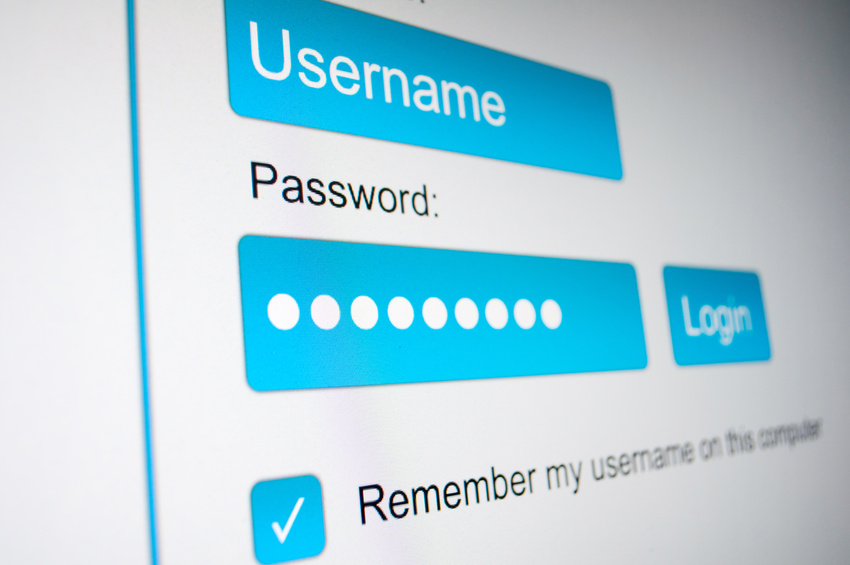Most people are now aware that it’s not wise to use public, unsecured WiFi networks, as they give hackers almost a free pass to data and devices. However, it’s now been said that public charging spots could be an equally bad idea, with cybercriminals able to use them to install malware or take valuable personal information.
USB charging ports have become increasingly commonplace, with trains, coffee shops and airports among those installing them to help keep customers connected and their devices charged. Of course, this presented a golden opportunity to hackers – one they’ve been all too willing to take.
The FBI has recently issued a warning against using public USB chargers, claiming that “bad actors” can use them to install malware or tracking software. This can be done in one of two separate ways: ‘juice jacking’ and ‘video jacking’.
Juice jacking involves loading malware onto a device through the USB cable. After all, it wasn’t too long ago that cables were used for data transfer onto and from mobile devices – they’ve simply used this process for nefarious ends.
Video jacking, on the other hand, captures everything a user does on their device whilst it’s plugged in to the port. Through this live screengrab, hackers can see what sites a user visits, as well as logging their keystrokes to obtain usernames and passwords.
One cybercrime expert has said the main challenge for users is that USB charging ports are often installed and then forgotten about, so they’re not checked over for tampering – sometimes for months or even years on end.
“That’s what criminals are tapping into and relying on,” Muhammad Yahya Patel, lead security engineer at Check Point, told Sky News, “so it’s really important to be aware.”
For all the warnings, however, there was a simple solution offered – simply carry a plug as well as a cable. Whilst connecting directly to a USB port has serious concerns, there’s no issue when plugging into a regular three-pin socket.
So whilst it may mean carrying a plug and not just a cable in future, the advice is very much to err on the side of caution.





